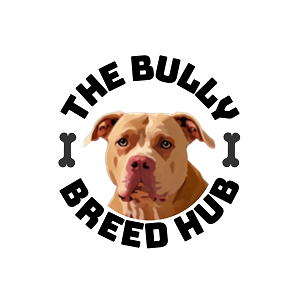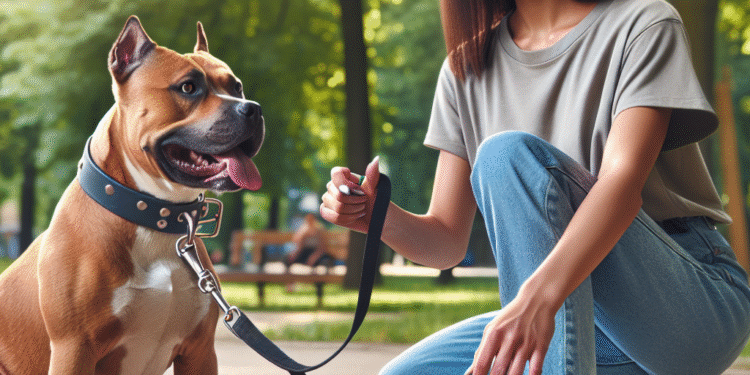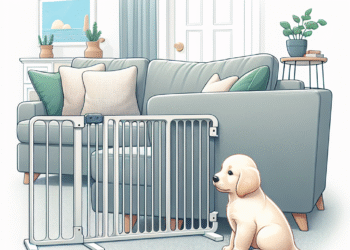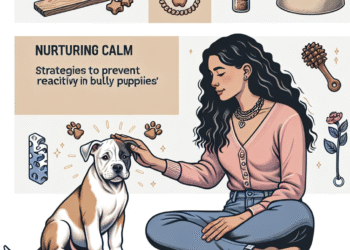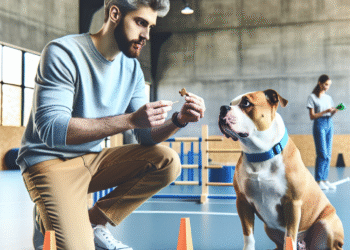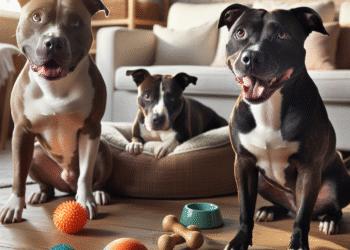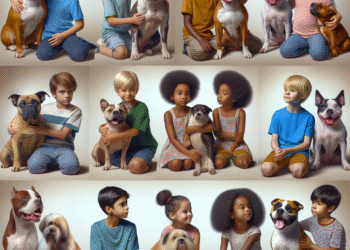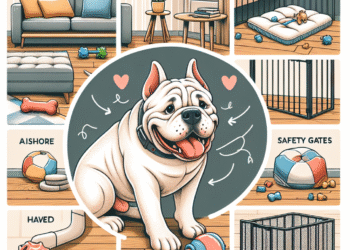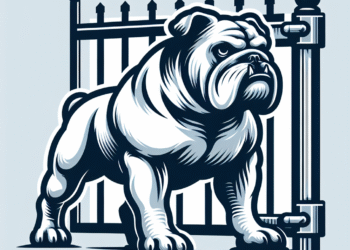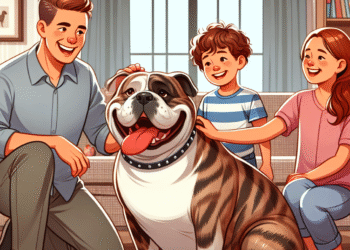Bully breeds, often misunderstood and labeled unfairly, are among the most loyal and affectionate dogs. However, many owners experience challenges with reactivity during walks or in social situations. Reactivity can manifest as barking, lunging, or aggressive behavior, usually stemming from fear, anxiety, or overstimulation. Understanding these behaviors and employing effective management strategies can help owners develop a well-mannered and confident companion.
Understanding Reactivity
Reactivity in dogs, particularly in bully breeds, often arises from several factors:
-
Genetic Predisposition: Some breeds may have a more pronounced startle response or a heightened awareness of their environment.
-
Lack of Socialization: Insufficient exposure to various environments, people, and other animals can lead to fear and anxiety.
-
Past Trauma: Dogs that have experienced abuse or neglect may exhibit hyper-reactive behaviors.
- Environment and Triggers: Loud noises, crowded places, or unfamiliar dogs can provoke a reactive response.
Recognizing the root cause of reactivity is the first step toward effective management.
Effective Strategies for Managing Reactivity
1. Positive Reinforcement Training
Using positive reinforcement, such as treats or praise, encourages desired behaviors. Focus on rewarding your dog for calm behaviors during walks or around triggers.
- Example: If your dog reacts to another dog, reward them for staying calm and focused on you with treats.
2. Desensitization and Counter-Conditioning
Gradually expose your dog to its trigger at a distance where they remain calm. Over time, decrease the distance while rewarding calm behavior.
- Example: If your dog reacts to other dogs, start at a distance where they see another dog but don’t react. Reward them for calm behavior.
3. Controlled Socialization
Seek controlled environments where your dog can interact with well-mannered, calm dogs. Group training classes can also provide socialization opportunities in a structured setting.
4. Use of Equipment
Using a well-fitted harness and a sturdy leash can give you better control during walks. Consider a head collar for particularly strong pullers. These tools can help manage your dog’s movement and focus better without causing discomfort.
5. Create Positive Associations
Help your dog build positive associations with their triggers. For example, if your dog is reactive to strangers, have friends approach slowly and offer treats to your dog.
6. Manage the Environment
Avoid overwhelming situations. If your dog tends to react in crowded places, consider quieter routes for walks or times when foot traffic is lower.
7. Professional Guidance
If reactivity persists or escalates, consider seeking help from a certified dog trainer or behaviorist. Professionals can provide personalized strategies tailored to your dog’s specific needs.
8. Consistency is Key
Establish a consistent routine for training. Use the same commands, rewards, and strategies across different situations to reinforce learning and behavioral change.
9. Maintain Calmness
As an owner, your demeanor impacts your dog’s behavior. Keeping calm and assertive can reassure your dog and help them feel secure during challenging situations.
Conclusion
Managing reactivity in bully breeds requires patience, understanding, and effective strategies. By focusing on positive reinforcement, gradual desensitization, and proper socialization, owners can transform their dogs into well-adjusted companions. With consistent training and love, it’s possible to nurture a strong bond and unlock the true potential of these loyal breeds. While the path may be challenging, the rewards of a happy and confident dog are well worth the effort.
